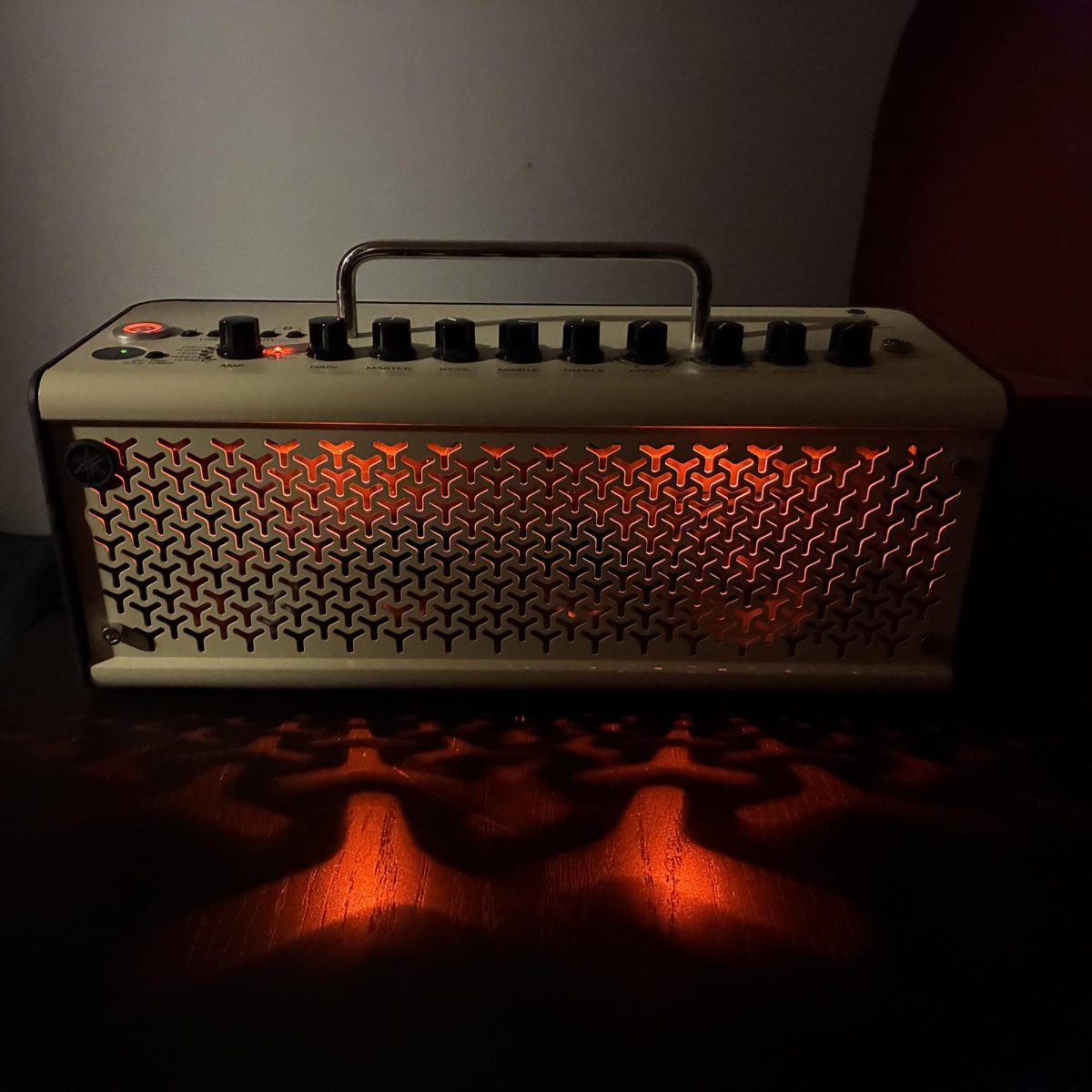Despite consistently creating inexpensive and high quality musical instruments, Yamaha remains an underrated brand in the guitar world. Their Pacifica and Revstar guitar lines are lauded as cheap alternatives to multi-thousand dollar guitar lines by bigger name-brand companies, but they still do not get nearly as much attention as aforementioned name-brand companies.But perhaps their magnum opus when it comes to guitar gear is their THR line of amplifiers.
THR stands for the ‘third’ amplifier. Yamaha imagined the ‘first’ amplifier to be a tube stack for larger venues, and the ‘second’ amplifier to be a combo amplifier for smaller venues. These amplifiers are fine for gigging, but can be impractical for home use for a variety of reasons, whether it being too loud, too heavy/bulky, or not versatile enough. And the problem with other practice amplifiers meant for home use is that they are usually just scaled down versions of a ‘first’ or ‘second’ amplifier, and fail to take into account the needs of the so-called bedroom guitarists. Yamaha claims to build the THR amplifiers from the ground up with the bedroom guitarist in mind.
To see if this line of amplifiers was worth it for the home guitarist, I purchased a used Yamaha THR10 ii amplifier for around $200. Measuring 14.48in x 5.5in x 7.2in and weighing only 6.6 lbs, the THR10 certainly is portable. The handle at the top allows for even more portability. It has two 3.1 in speakers, which is tiny for a guitar amplifier. The THR10 comes with modulation effects, as well as reverb. There is a companion app available on mobile or desktop that allows you to modify the sound of the amplifier even more, and you can access a compressor and a noise gate effect on the app as well.
The actual sound of the amplifier is great. The first thing that stuck out to me was the bass response and volume. Despite such tiny speakers, the whole amplifier felt resonant and could really fill up a room.
The clean tones were lush and full. It sounded great with chords. Depending on the settings, I could achieve a sparkly, jangly tone or a more rounded, smooth sound. I was not super impressed with the ‘crunch’ tones. It took some coaxing to get a sound I was happy with. It felt difficult to get an edge-of-breakup sound, and the dynamic range felt lacking. The app was useful in this case. I was able to switch the voicing and the cabinet to get a tone I was happier with, but I still think a tube amp or even a solid state would do better in this category.
The higher gain settings felt great. A little tinny, but that is to be expected with such a small amplifier. It felt very responsive, and the compressor effect was useful for solos.
One last cool feature is the bluetooth capabilities. You are able to connect bluetooth to the amplifier and essentially use it as a speaker. This is useful for a home audio system, as well as a backing track when you are playing guitar. There are separate audio and instrument volume controls, so you can control exactly how loud you want each component to be.
While the Yamaha THR 10 ii sounds great, and is incredibly versatile, I believe that the amount of options almost works to its detriment. It feels impossible to just plug in and play. Often, it takes a good 10-15 minutes of fiddling around with various controls so everything plays nice. The vast amount of tones available often leads to option paralysis, and can actually be a hindrance on creativity.
The Yamaha THR10 ii is a unique, portable, and versatile amplifier that is perfect for bedroom guitarists, college students, or anyone who is sick of ear-splittingly loud amplifiers. All in all, the Yamaha achieved what they set out to do. They’ve created an affordable practice amplifier that sounds great and is incredibly versatile and portable.

